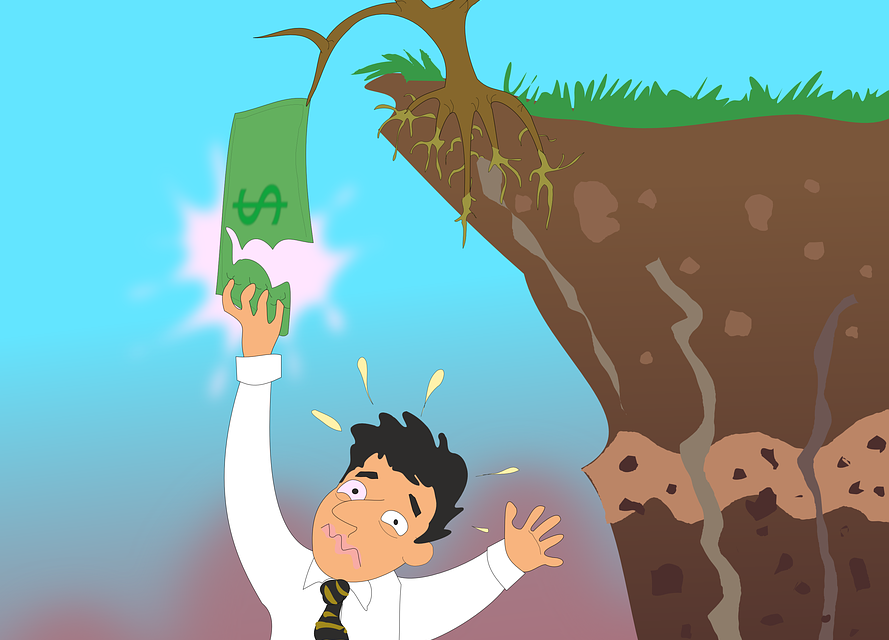
![]() Drop in junk bond market could signal change
Drop in junk bond market could signal change
Source: Barron’s
“Frothy” is a good word to describe last week’s high-yield market. The seven-month return for the sector reached 20%—remarkably high for bonds. Average yields, which move in the opposite direction of prices, fell to just 6%, down from 10% in February. Companies rated below investment grade were finding ready buyers for new issues with terms that investors would have turned up their nose at in less yield-hungry times.
The peak in corporate credit may someday be remembered as last Tuesday—when European companies Sanofi (ticker: SNY) and Henkel (HEN.Germany) were able to issue negative-yielding bonds. “I never imagined we’d see corporate issues coming to market with a negative yield,” says Regina Borromeo, head of international high yield at Brandywine Global, who also marveled at U.S. junk issues with 4% coupons.
By Friday, though, complacency was starting to turn to worry. The high-yield sector fell 1% that day. It could be just the start of a correction.
Newfound fears that the Federal Reserve will hike rates sooner than expected, which could slow the economy and lead to more defaults, was the likely cause of Friday’s selloff in risk assets. It didn’t help that global bond yields, still much lower than U.S. ones, also rose.
Yet the underlying problem with the junk-bond sector is valuation. Although its current yield spread over Treasuries is 5%, close to the 20-year average, when you consider economic conditions, the sector is notably overvalued, says veteran high-yield analyst Marty Fridson, chief investment officer of Lehmann Livian Fridson Advisors. Even after Friday’s selloff, “the gap between the present spread and fair value is almost twice the cutoff for what I consider extreme overvaluation,” he says. “It’s extreme, extreme.”
Meantime, the business cycle is getting long in the tooth. Credit-rating agencies see defaults rising through at least early next year. (Moody’s thinks they will peak at 6.5% next January.) Oil prices remain a risk. High yield has been trading in sync with crude for the past two years, and many strategists are skeptical that this year’s recovery in crude prices will stick.
SOME FUND MANAGERS have already been paring back on high yield. Gene Tannuzzo, manager of the Columbia Strategic Income fund, has taken his exposure to securities rated below investment grade to 25% from over 50% in February. Back then, he felt like investors were getting well-paid for the risk. “I’m feeling the polar opposite of that now,” he says.
Richard Lindquist, who runs Morgan Stanley Investment Management’s high-yield group, says seasonal factors make him cautious near term. September and October often see a flood of new supply, which weakens prices, he says. Skittishness around the election could also be a negative.
“I’m not negative longer-term,” he says. “We’re still in a low interest-rate environment and low global rates will provide a floor, but there are a lot of profits here and investors might want to take some money of the table.”
Paring back makes sense—as does moving some assets into higher-quality bond sectors. “Ultimately, you get in trouble when you invest in things that don’t pay you back at the end of the day,” says Gershon Distenfeld, head of high yield at AllianceBernstein. He advises diversifying and moving into higher-quality bonds: “Don’t try to be a hero.”
Selling out of high yield completely would be hasty. For investors who need the income, there aren’t a lot of alternatives, says Mike Terwilliger, a portfolio manager at Resource America. He is finding opportunities among low-rated bonds, but is being selective. When it comes to buying in, Fridson advises, “You’re probably going to have a more attractive point to get in.”


